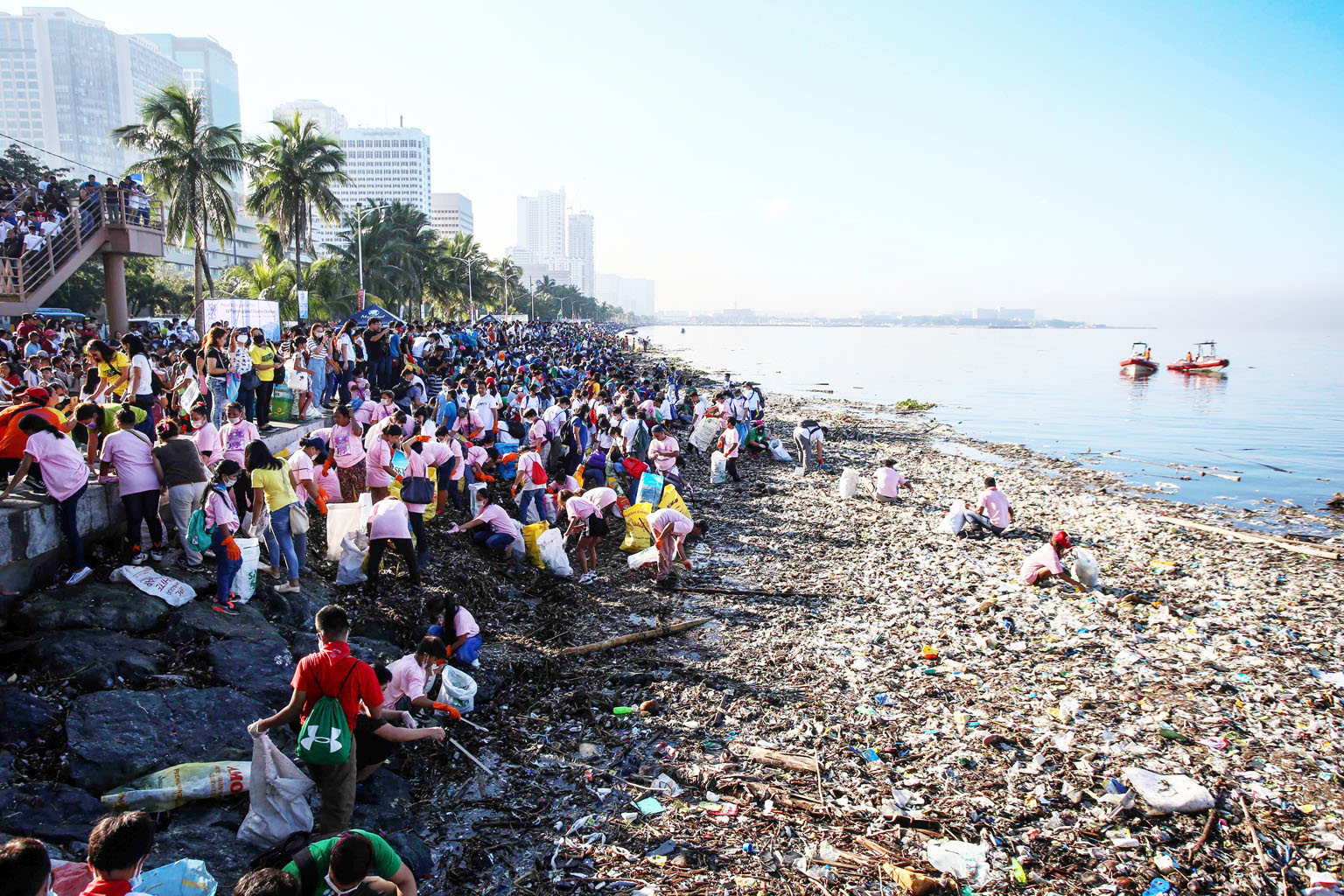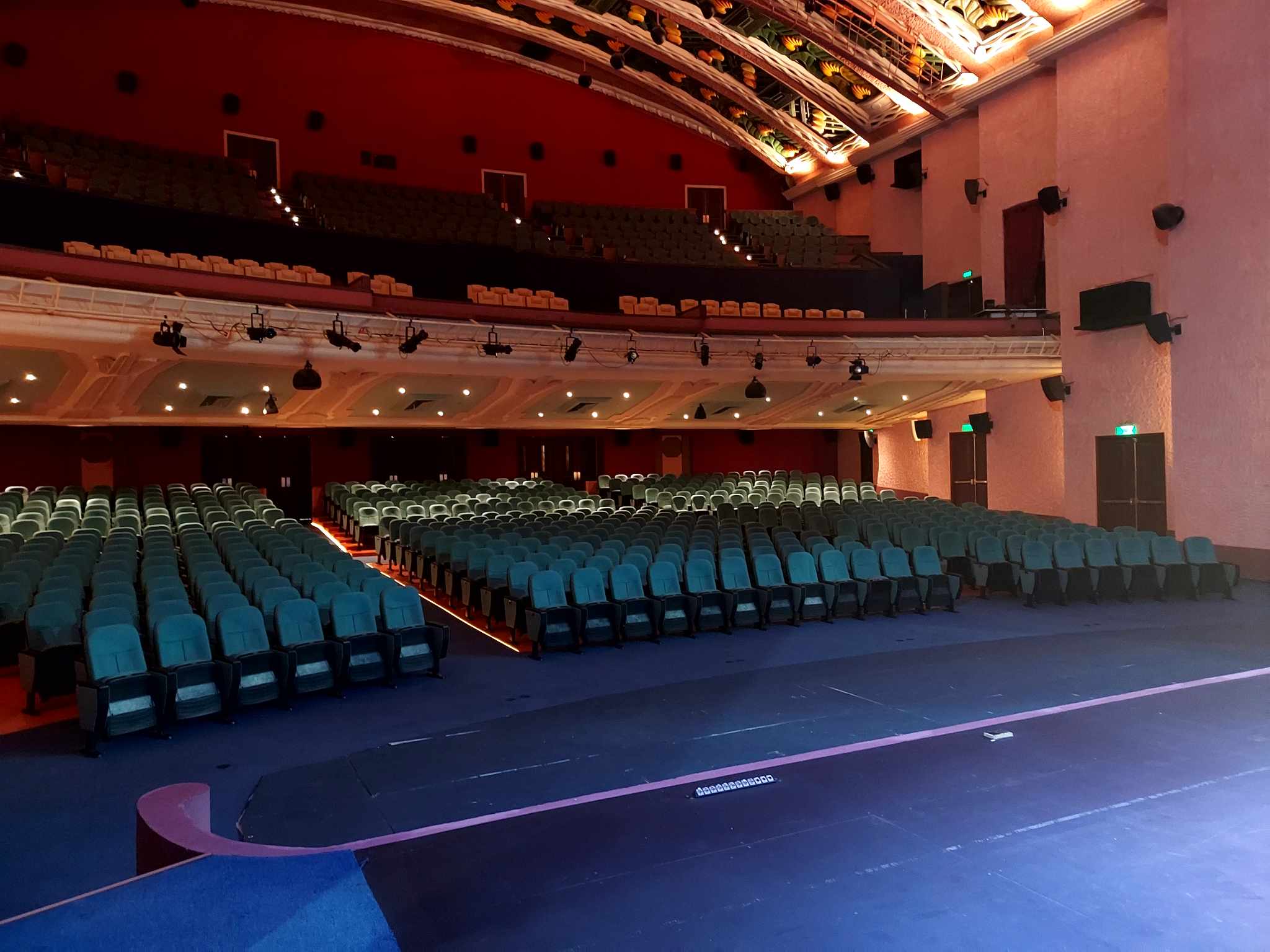
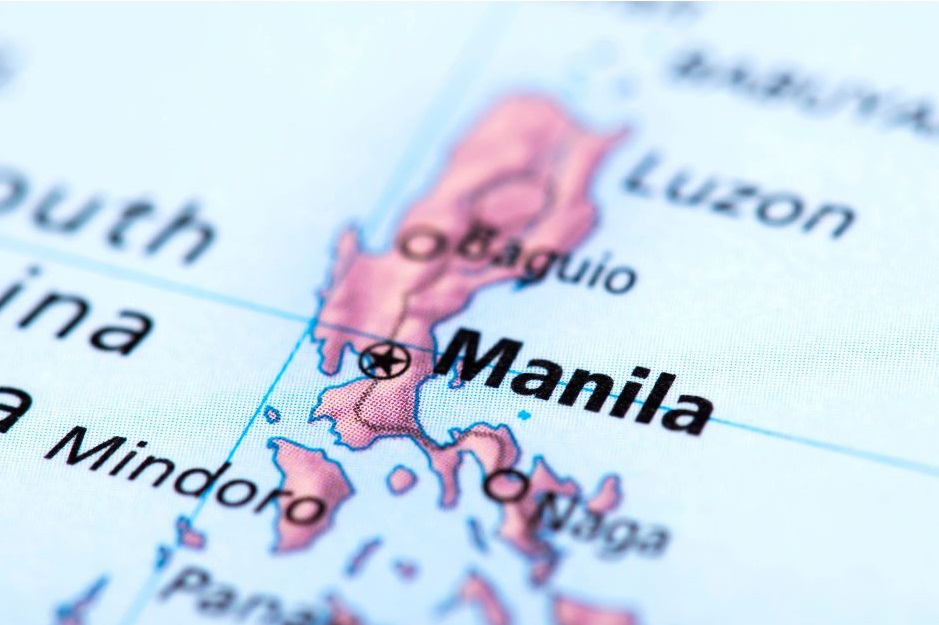
Manila is a captivating metropolis that seamlessly blends its rich historical past with its bustling present. With a diverse tapestry of cultures, inspiring landmarks, and a spirited populace, Manila stands as a testament to the resilience and dynamism of the Filipino people.
Manila's name is derived from the term “Maynilad,” meaning “there is nilad” in Filipino, the national language of the Philippines. Nilad (Scyphiphora hydrophylacea) is a shrub with white flowers and glossy rounded leaves that used to be abundant in the mangroves along Pasig River.
This moniker originated from the vast nilad plantations that once thrived in the region. Manila's strategic location made it a crucial trading post in Southeast Asia, attracting merchants and seafarers from various civilizations. Its historical timeline is marked by Spanish colonization, British occupation, American sovereignty, and finally, independence in 1946.
Manila's cultural landscape is a mosaic of influences, reflecting its eventful history and the fusion of indigenous, Spanish, American, and Asian traditions. The city's rich heritage can be experienced through its diverse cuisine, traditional arts and crafts, music, dance, and religious festivities. The Filipinos' warm hospitality, known as "pagmamalasakit," resonates throughout the city. Visitors are welcomed with open arms and embraced by the locals' genuine kindness.
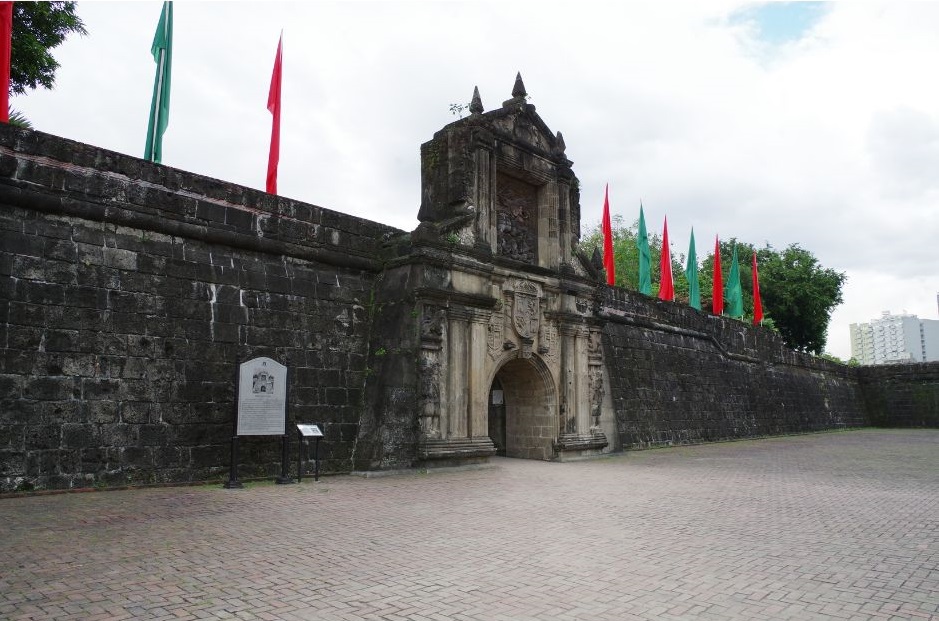
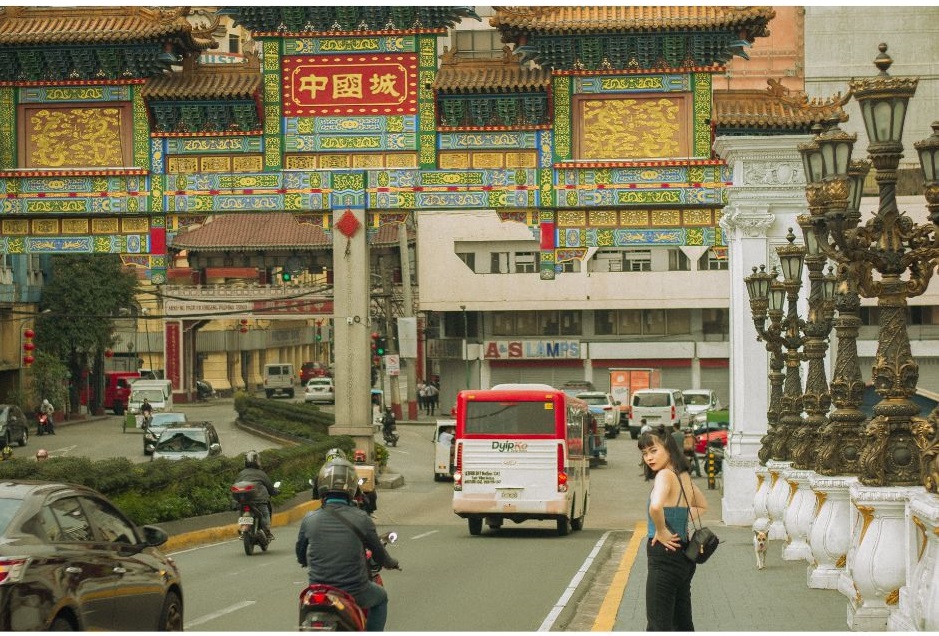
The cultural heart of Manila can be found within its historic districts. Intramuros, the walled city built during Spanish colonization, is a treasure trove of colonial architecture, including the iconic Manila Cathedral and Fort Santiago. The nearby district of Binondo, the oldest Chinatown in the world, showcases the blending of Filipino and Chinese cultures, offering an array of delectable culinary delights and vibrant festivities.
Manila is also a haven for art and culture enthusiasts. The city is home to numerous museums, galleries, and performance venues that showcase the Filipino talent and creativity. The Cultural Center of the Philippines, Ayala Museum, and the National Museum of the Philippines are just a few of the notable institutions that offer a glimpse into the country's artistic heritage.
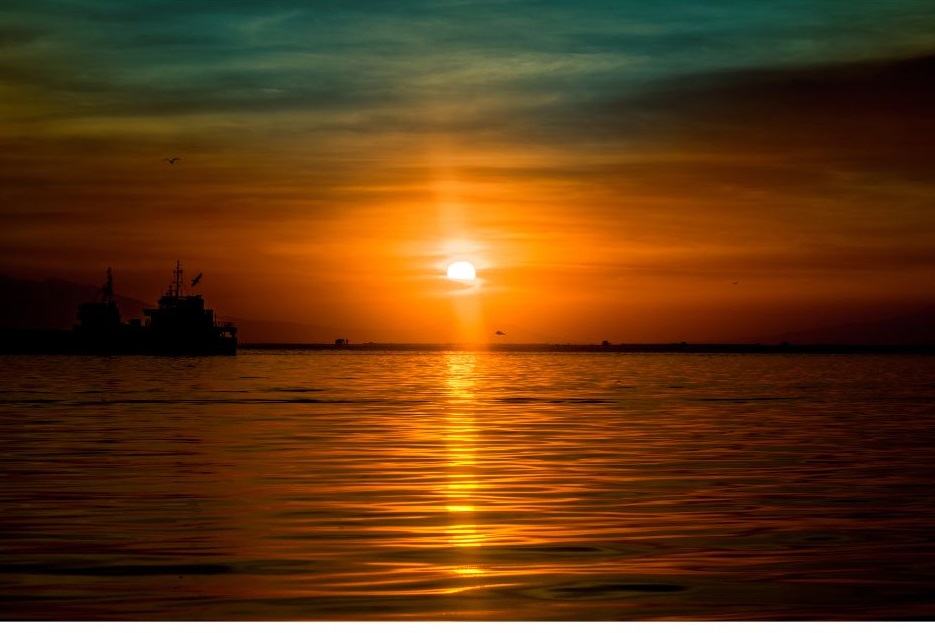
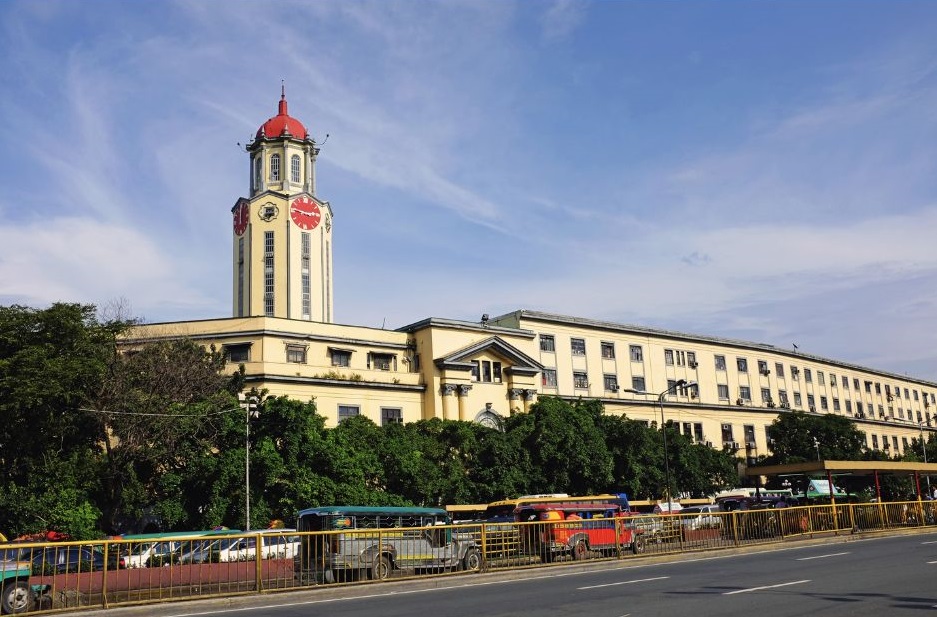
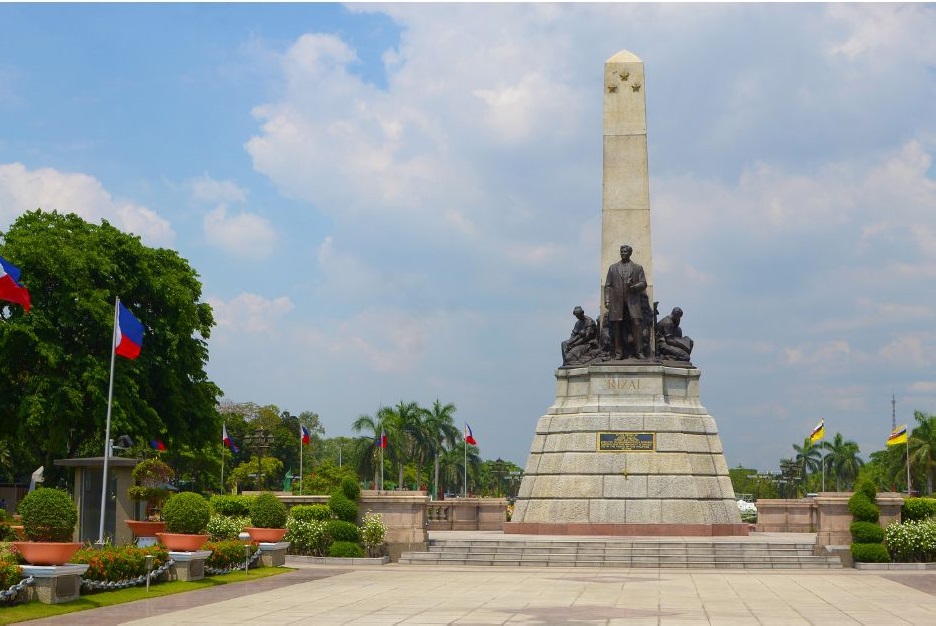
Beyond the urban landscape, Manila boasts picturesque natural landscapes and nearby getaways. The city's baywalk offers breathtaking sunset views over Manila Bay, while Rizal Park provides a serene escape amidst lush greenery.
Manila, a city steeped in history and culture, has emerged as a dynamic metropolis that embraces progress while preserving its heritage. From its etymological roots to its captivating historical sites, diverse cultural tapestry, and vibrant urban landscape, Manila enthralls visitors with its unique blend of tradition and modernity. With a resilient spirit and a warm welcome, Manila invites travelers to explore its storied streets and discover the essence of the Philippines.
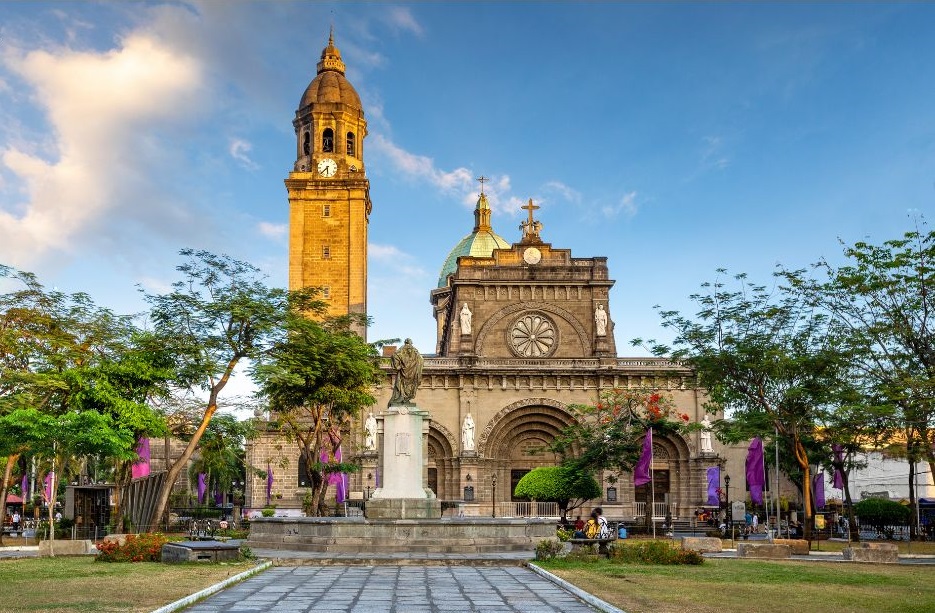
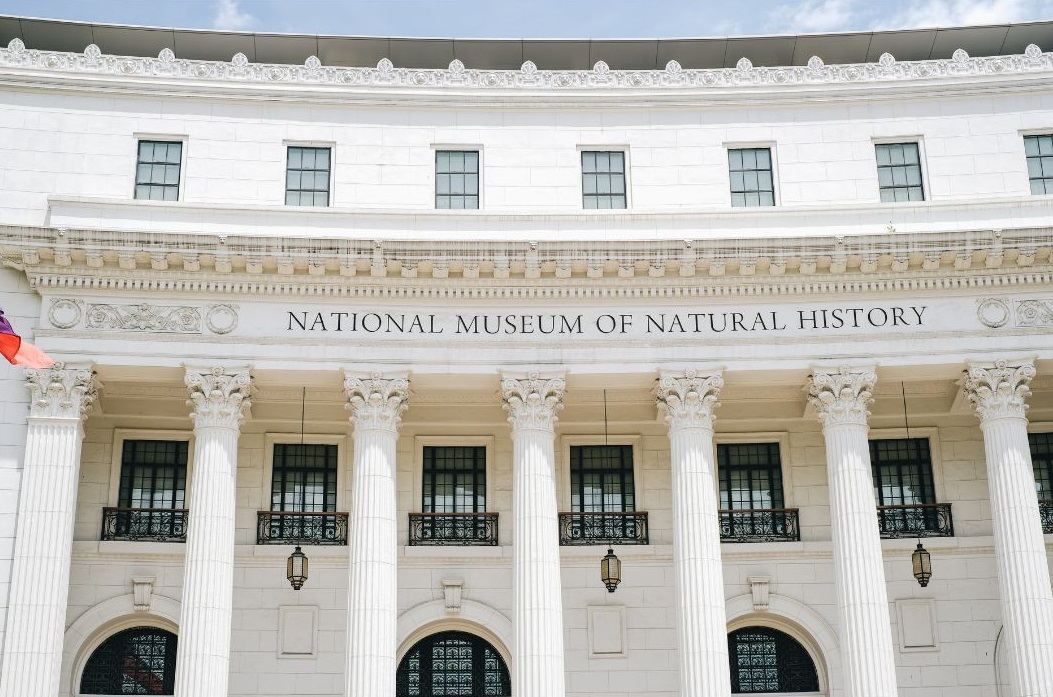
Celebrating its 452nd Founding Anniversary, the City of Manila led by its mayor, Dr. Honey Lacuna-Pangan and Vice Mayor Yul Servo, the city government has prepared activities such as film festival, job fair, pageant night, awards night, concerts and more other festivities. (PIA-NCR)

